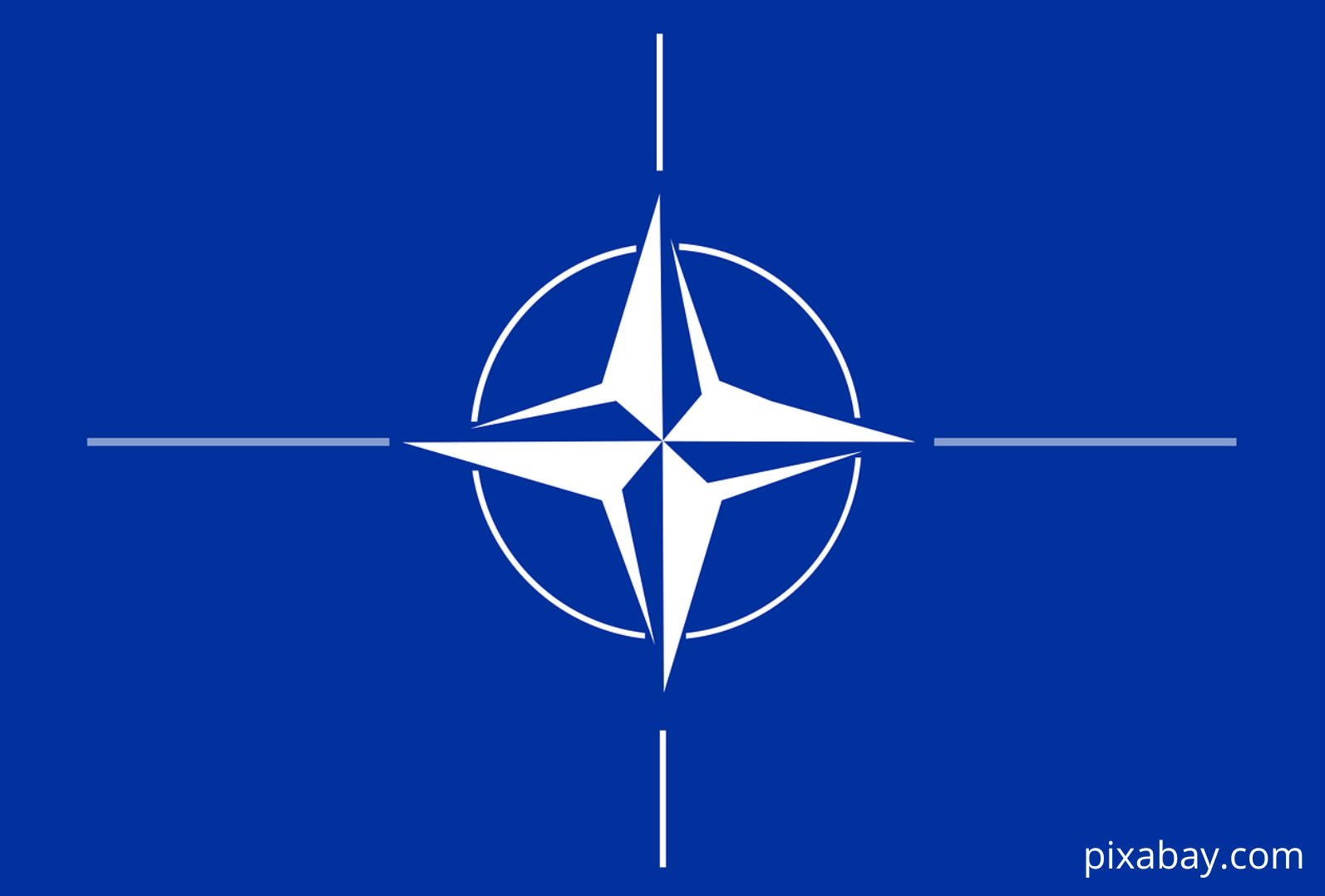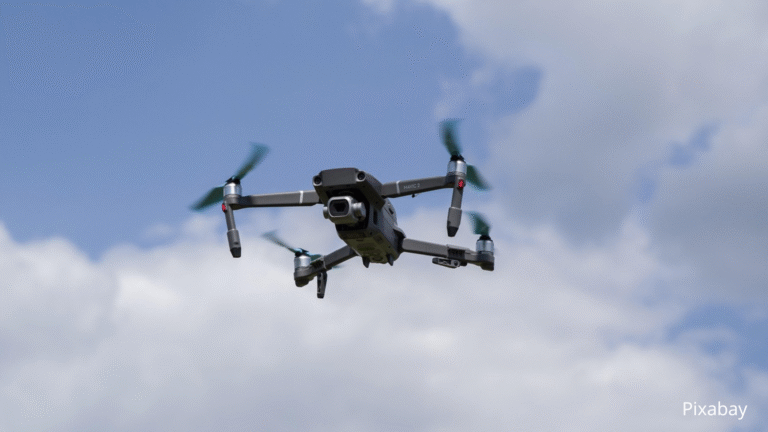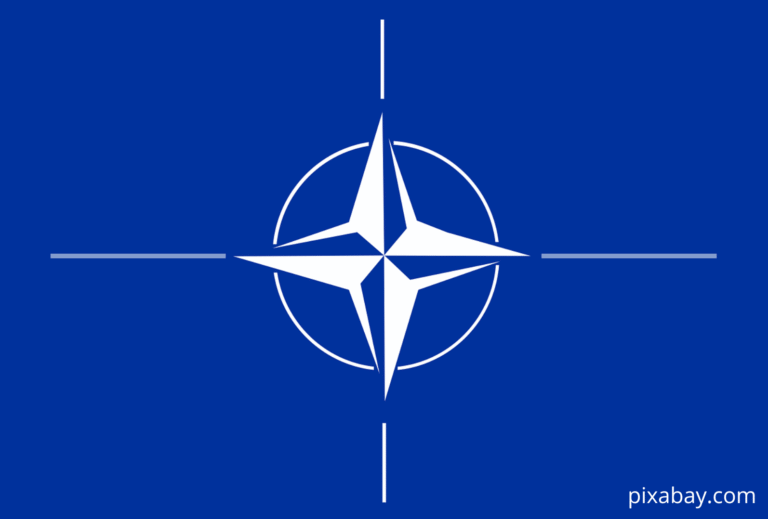
In mid-September 2025, NATO publicly announced Operation Eastern Sentry, a new initiative aimed at reinforcing the alliance’s eastern flank. The decision comes in response to a Russian drone incursion into Polish airspace on 9-10 September 2025, which prompted Poland to invoke Article 4 of the NATO treaty — calling for consultations over threats to territorial integrity.
What Eastern Sentry Entails
- Member state contributions: Several NATO members including Denmark, France, Germany, and the United Kingdom have committed assets. These include additional fighter aircraft (e.g. Rafales, Eurofighters, F-16s), naval assets (such as a frigate), and enhanced ground-based defenses.
- Flexible and adaptive posture: The operation isn’t just about fixed deployments. It is designed to be responsive, allowing NATO to shift forces, adjust posture, and plug “gaps” in defense as threats evolve. The goal is to maintain readiness across the eastern border — from the Baltic states down through Poland and into Romania and Bulgaria.
- Airspace protection and deterrence: A priority is defending allied airspace, especially against drone incursions. The incident in Poland (drones entering Polish territory, with some being shot down) sharpened focus on aerial defense capabilities and the need for strengthened surveillance, early-warning, and interception capacity.
Why It Matters
- Reaffirming collective defense: Eastern Sentry underlines NATO’s message that an attack or violation of any member state’s territory is a serious matter.
- Deterrence in practice: By enhancing military readiness in areas close to potential flashpoints (Russia, Belarus, Ukraine), NATO seeks to deter further provocations. The visible presence of allied assets raises the cost of aggression.
- Addressing new threats: The Ukraine war has brought new kinds of threats: drones, hybrid warfare, asymmetric risks. Eastern Sentry is part of adapting NATO’s defense posture to these evolving challenges.
Challenges & Open Questions
- Duration and scale: NATO has not announced a fixed end date for Eastern Sentry. It’s also not yet clear how large the force will become over time.
- Coordination among allies: Ensuring interoperability (communications, rules of engagement, logistics) across different nations and assets will be vital. A flexible posture demands tight coordination.
- Risk of escalation: Stronger military presence along sensitive borders might provoke response from adversaries. There’s always a delicate balance between deterrence and escalation.
Conclusion
Operation Eastern Sentry represents a marked upgrade in NATO’s defensive posture along its eastern flank. Triggered by recent airspace violations, the mission combines enhanced aerial and naval assets, ground defenses, and a more agile deployment strategy. It is both a signal to allies and adversaries that NATO aims to enforce its commitments under Article 5, defend its territory, and adapt to new security challenges in Europe.

